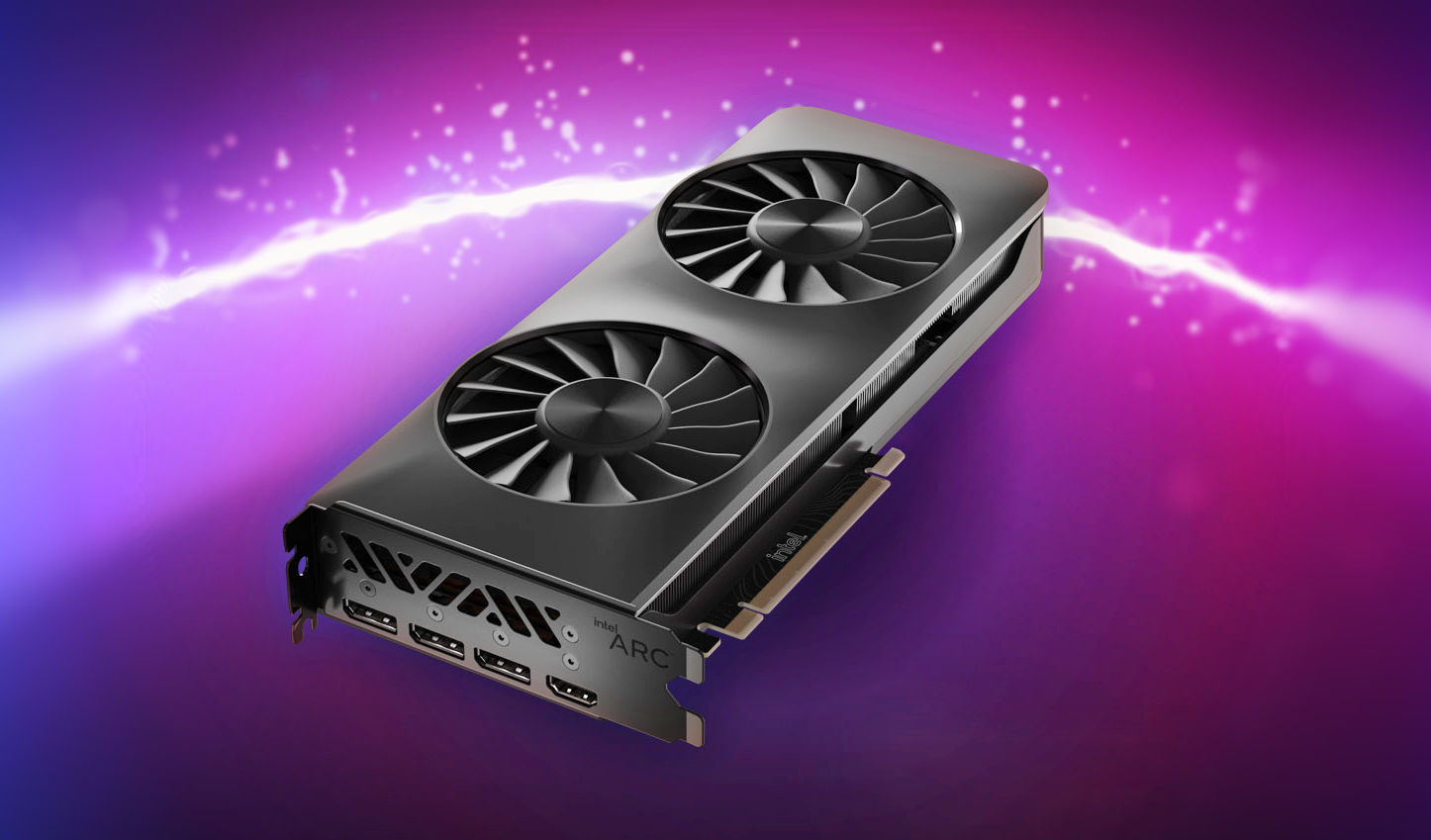Overclocker gives Intel's Arc A380 GPU more power and sees huge gains
We've all been waiting to see how Intel's launch into the consumer graphics card market would go. The Arc A380 GPU is a lower level offering by the renowned chip maker which had its
entry level performance stats leaked long before launch. Though, it turns out that with the right bit of tweaking this card might be able to pull off far more than expected.
Tom's Hardware shared a YouTube video by the prolific Russian (so you may need subtitles)
Overclocker Pro Hi-Tech showing his results including attempts to get more out of an Arc A380 graphics card. Pro Hi-Tech managed to achieve huge performance gains with framerates boosted by up to 60% on some games, without even using traditional overclocking methods.
Often when we see a boastful overclock like this, the end result is a mangled machine covered in coolant. Nothing so severe appears to be required when overclocking the A380. Instead, Pro Hi-tech merely changed the power targets and voltage offsets within Intel's graphics utility. The GPU performance boost slider was set to 55% as well as a +0.255mv change to voltage offset.
Just changing these settings were enough for a very small percentage boost, but it wasn't until the power use was increased that real results started appearing. The A380 is a bit of a weird beast when it comes to power draw. While the official Intel documents report a 75W TDP the A380 Pro, Hi-Tech was using was only reporting a 35W draw. It's no surprise the card has been providing
lacklustre results with that drip feed of watts.
Instead, the draw was maxed out to 55W in the overlocked version shown in the video. This boosted the card's performance by 43-57%, measured by FPS achieved. That's already a a huge improvement for the A380 with the geomean of games tested receiving a boost of 37%. Doom Eternal managed to score a 60% increase going from 64 FPS to 102 with the changes. All of this is huge for a GPU, especially with such little tinkering . . . . . . . . .






